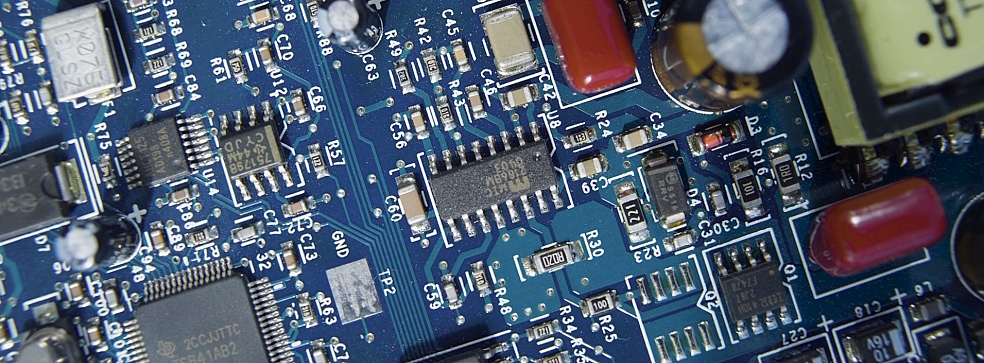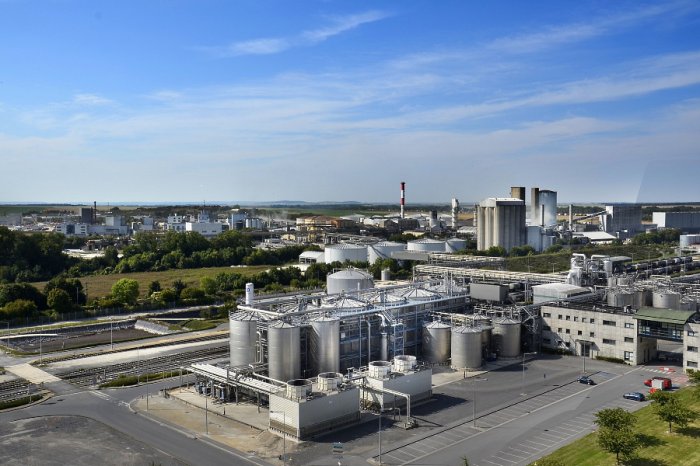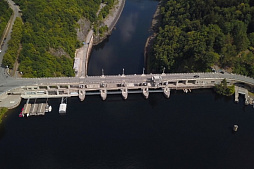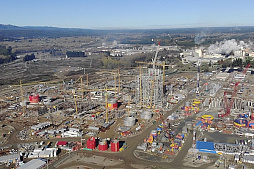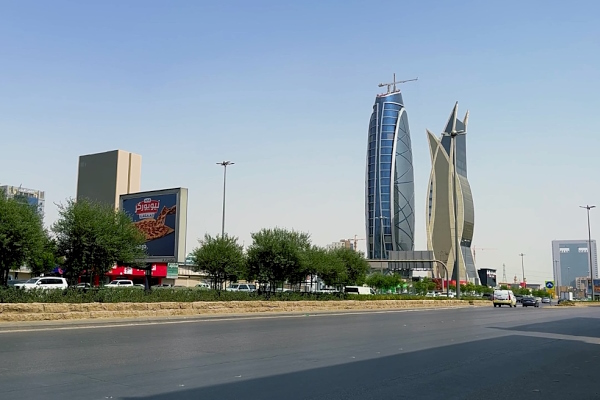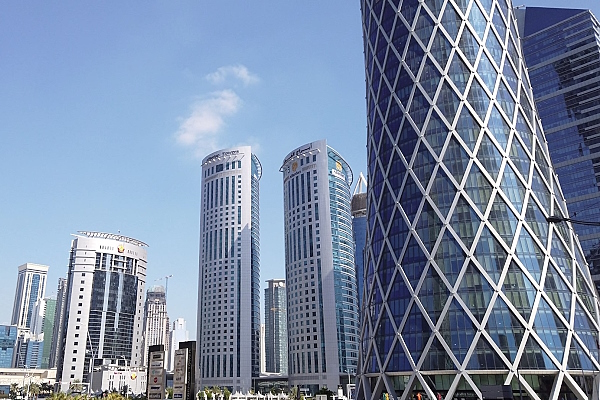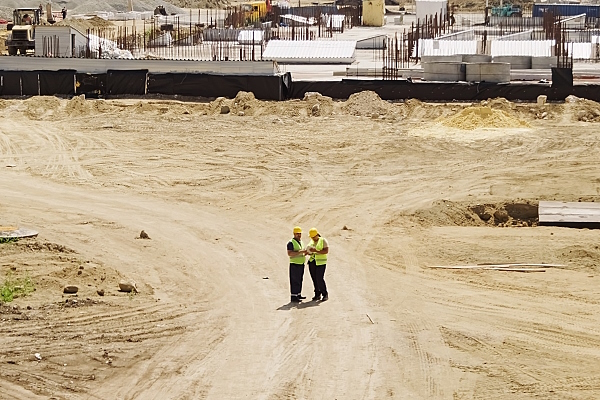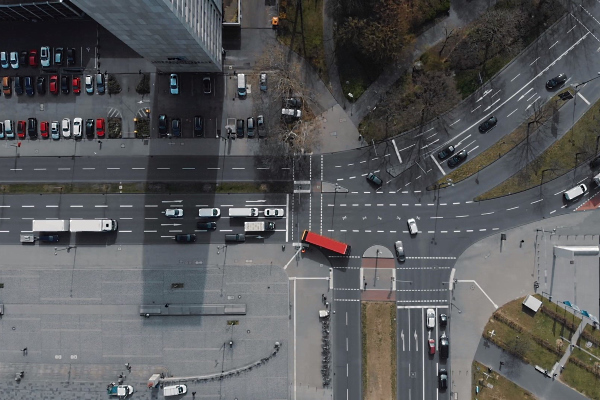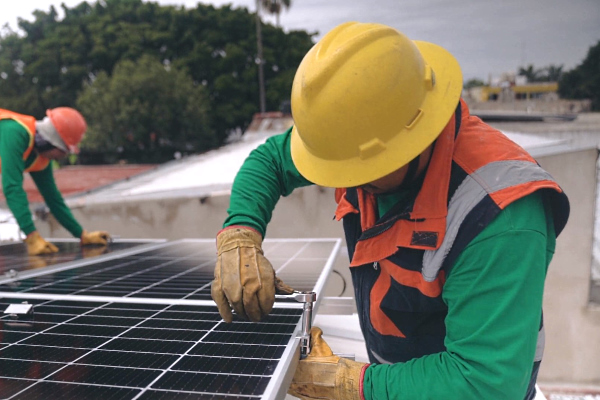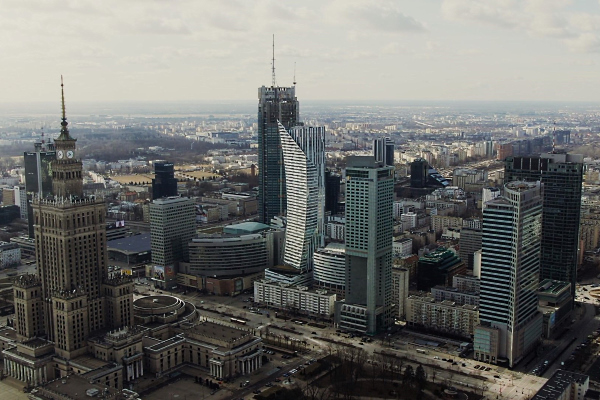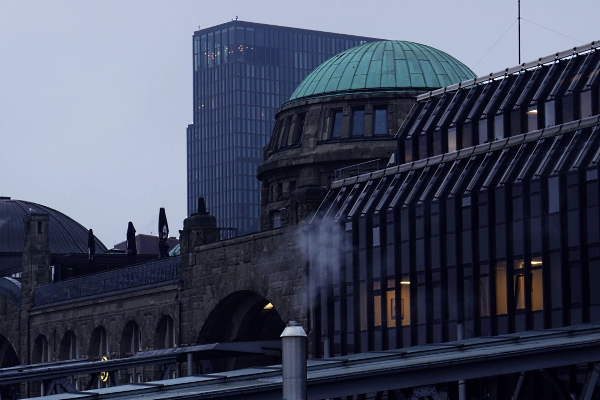After receiving the necessary documents (application form and project presentation), our team will try to review your request as soon as possible, and leading experts will offer the best options for project funding.
In 2022, the European semiconductor market exceeded €51 billion and the growth trend continues.
The construction of a large Intel semiconductor plant in Germany was an important strategic decision that should provide the EU with critical components of modern microchips and make the European economy and security sector more self-sufficient in the light of new global threats.
A new investment project is being developed near the city of Magdeburg.
The choice of country and place is not surprising, because Germany remains a leading industrial and scientific country of the Old World that is still extremely attractive for the high-tech industry.
The project, which has interests from both big business and the German government, will create new jobs and provide European companies with high-quality semiconductors, reducing dependence on imports. This will be a science-intensive and technically complex project, which will also require overcoming many challenges. In several years, new chip manufacturer could become the largest consumer of industrial water in Saxony-Anhalt.
This may require additional investment in water infrastructure to ensure the smooth supply of several million cubic meters of water every year. Not to mention the growing demand for electricity that the new energy-intensive production implies.
Intel Magdeburg investment project: general information
In a groundbreaking development, Magdeburg is poised to become the home of a cutting-edge chip manufacturing facility.In summer 2023, the Federal Government has inked a pivotal declaration of intent alongside Intel, solidifying plans for the establishment of an advanced semiconductor plant in the region. This collaboration with Intel stands as a significant triumph, marking not only a strategic partnership but also a huge investment in shaping the technological landscape of the EU.
The project is very large and is being developed taking into account the possibility of scaling up semiconductor production in the future. In fact, today we are talking about the construction of two factories on one site, but the government is already talking about the connecting a third facility. In particular, such a scale of production will require new sources of electricity and industrial water.
Characterizing the agreement as a pivotal stride in fortifying Germany's standing as a hub for cutting-edge technology, Federal Chancellor Olaf Scholz in June emphasized the significance of this investment project. He asserted that the substantial investment would propel Germany forward, enabling it to narrow the gap with global technology frontrunners. Scholz underscored the positive implications for Magdeburg, Germany, and the broader European landscape, foreseeing a boost in ecosystem development and microchip production capacities.
In a transformative commitment, Intel is set to channel over 30 billion euros into Magdeburg. The construction of state-of-the-art semiconductor facilities is anticipated to give rise to an additional 7,000 jobs, with a ripple effect extending into the broader industrial sector, fostering a substantial surge in employment opportunities. With the aim of securing financial support for the forthcoming Intel facility, the Federal Government is poised to tap into resources provided by the recently established European Chips Act.
In a strategic move, Germany is prepared to commit up to 9.9 billion euros for this project, after approval by the European Commission.
Let us remind You that under the provisions of the European Chip Act, the EU is set to marshal a total of 43 billion euros, combining both public and private investment. Concurrently, the legislation incorporates measures aimed at enhancing the readiness of all the Member States and fostering collaboration with international partners to address future disruptions in the supply chain.
The first facility is anticipated to commence operations approximately 4-5 years subsequent to the approval of the funding by the European Commission. The site is slated to be the production hub for products catering not only to Intel but also to Intel Foundry Services clients. Spanning an expansive 450 hectares within the Eulenberg industrial area, earmarked for the construction of these cutting-edge factories, the scale of this project mirrors that of over six hundred football fields.
This is not the only major semiconductor industry project that the German government, businesses and international partners are currently working on. In a collaborative project unveiled in February 2023, Wolfspeed (USA) and ZF Friedrichshafen (Germany) disclosed plans for the establishment of a microchip plant in Saarland.
The facility, situated at the site of a former coal-fired power plant in Ensdorf, is slated to manufacture cutting-edge silicon carbide chips.
These chips play a pivotal role not only in the automotive industry but also in the realms of energy production and supply.
Simultaneously, strides have been taken towards the initiation of construction for a large innovative semiconductor production facility by German tech-company Infineon in Dresden. Set to commence operations in the second half of 2026, this plant will contribute to the production of microchips for various sectors. These microchips will find application in the power supply, and also in automobiles, high-performance data centers, and internet-related technologies.
Difficulties in semiconductor industry development
Given the difficult situation in the European economy, the project also faces certain difficulties.Germany is involved in global competition for investment, with companies such as Intel receiving offers to open branches around the world.
However, in Europe semiconductor and chip production and labor costs are significantly higher than in Eastern Asia for example, so Germany needs to increase subsidies if the country want to be competitive globally.
Indeed, the price of electricity for industry in Germany has increased significantly. Before the war in Ukraine, Chancellor Olaf Scholz talked about 4 cents per kilowatt-hour, but now even 10 cents would be good. To this end, Germany may have to make an additional contribution, for example by building another wind farm.
The minimum hourly wage, which currently stands at around 12 euros per hour, is also expected to increase significantly in 2024. Due to increased construction and energy costs, it became clear that government subsidies had to be increased from the planned 6.8 billion euros to almost 10 billion.
But consumers, suppliers, science, the entire economy will benefit from a solution. Therefore, experts are confident that Intel and the Federal Government will come to a mutually acceptable financing agreement and the ambitious investment project will be successful.
Intel currently requires about 27 million liters of fresh water per day for its Hillsborough campus in the USA. This is another problem that company, local authorities and the Federal Government are actively seeking a solution to. Sven Schulze, Minister of Economics, Tourism and Agriculture of Saxony-Anhalt, in an interview with Wirtschafts Woche, says that starting with the construction of the third plant in the future, the company will have to actively use water intake from the Elbe River.

New investment project transforms Magdeburg University
The number of students at technical universities in Germany is declining.In Magdeburg, the world-famous university actively recruits students from abroad. Intel's ambitious investment project announced in 2023 could positively impact local technical education by creating many attractive jobs and increasing the need for highly qualified IT specialists and engineers.
The University of Magdeburg has almost 13,000 students, more than 30% of which are foreign students, mainly Indians, Chinese and young people from the Middle East, Africa, Latin America and other distant regions of the world.
The institution values them because technical universities across Germany continue to suffer from declining student numbers.
Local press notes that the contract with Intel comes at just the right time. Starting from the new semester, the University of Magdeburg will even train specialists for a chip manufacturing company in a new course “Semiconductors and Nanotechnologies”. About three dozen young people entered there, and this is only the beginning of the journey.
It is known that when choosing a host country for the development of its own semiconductor production in Europe, one of the main factors was the presence of a solid educational and scientific base in Germany. From the beginning, one of the promises was that the state and local universities would be able to provide the necessary specialists in the shortest possible time.
Intel has a huge need for qualified personnel, which it plans to attract to the new site in Saxony-Anhalt from other federal states and from abroad. According to Mitteldeutsche Rundfunk, about 3,000 employees need to be hired in the first phase of the project.
Environmental challenges associated with the semiconductor plant
Intel Magdeburg semiconductor plant will use record amounts of water for production, according to the initial official estimates.The authorities of the federal state of Saxony-Anhalt expect that the facility will use approximately 6.5 million cubic meters of water per year. This means that the Intel plant will consume more than the Tesla plant operating in Brandenburg. Officials have not given explanations from which sources the process water for the giant enterprise will be obtained.
Intel cannot provide any information about the exact amount of water used in chip production. However, according to a study by Mitteldeutsche Zeitung, the planned semiconductor plant in Magdeburg could consume about 18,000 cubic meters of water per day. This information became available thanks to a request from one of the factions in the Landtag. For comparison, an average person in Germany uses around 45-46 cubic meters of water per year.
In the fall of 2023, the company told the German press that the issue of process water consumption was still at the planning and approval stage. Therefore, it is still unclear from which sources the Magdeburg plant will receive water.
Authorities may have to think about additional investments in the region's water supply in order to uninterruptedly feed the gluttonous industrial giant.
After all, this project is too important for the European chip industry and the German economy.
The high-tech park that Intel will build in the south of Magdeburg will be supplied with water from the regional drinking water supply (Trinkwasserversorgung Magdeburg, TWM). Utility officials believe the water supply will be secure in the future when Intel begins semiconductor production in the area. The managing director said that there were considerations for the construction of a large infrastructure on the Elbe river. Such an Elbe water pipeline could pump water for technical purposes directly from the river or from coastal filtrate.
The construction of such additional infrastructure project, including water pumping systems, takes several years.
The cost of such a project, as well as its actual scale, are still unknown.



